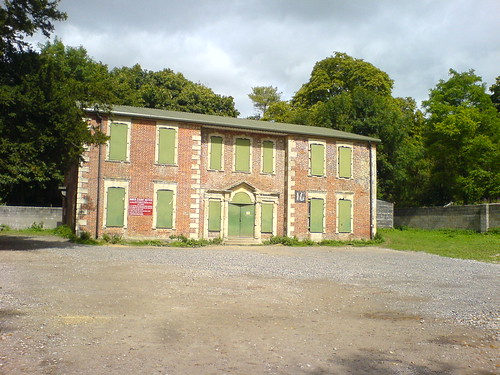Lost villages
Ghost signs are quite a common urban feature – ghost villages though are more commonly thought of a rural. Acccording to the BBC, publishers of The Times Atlas of Britain is asking people to share their memories of Britain’s Lost Villages.
Stephen Fisk is mapping them on his website Abandoned Communities and the publishers of The Times Atlas of Britain (which would make a great pressy !) is asking us to help them colelct digital memories of such place.
The BBC writes of one harrowing story following the decision to commandeer one village for military training:
Albert Nash, blacksmith for 44 years in the village of Imber, Wiltshire, was found by his wife Martha slumped over the anvil in his forge.
He was, in her words, crying like a baby.
It was the beginning of November 1943, a day or two after Mr Nash and the rest of the villagers had been told by the War Office they had 47 days to pack their bags and leave, to make way for US forces.
Within weeks Mr Nash had died. Folklore had it that the death certificate said the cause was a broken heart.
Imber, once a Saxon settlement, is one of thousands of British ex-villages – once thriving communities that succumbed to natural or human forces, like disease, coastal erosion, industrial decline, reservoirs or war.
What interests me is just how quickly the urban landscape changes. Many parts of Birmingham have been made and remade many times over the last couple of centuries.



